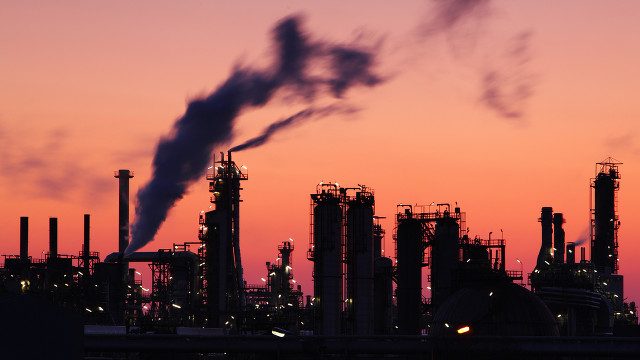SUMMARY
This is AI generated summarization, which may have errors. For context, always refer to the full article.

“Coal is dead,” said Jim Barry, the global head of BlackRock’s infrastructure investment group, in a recent interview with Australia’s Financial Review, joining a long line of major global players refusing to touch long-life coal assets.
“That’s not to say all the coal plants are going to shut tomorrow,” continued Barry, “but anyone who’s looking to take beyond a ten-year view on coal is gambling very significantly.”
As the world’s largest investment group with $US5 trillion of assets under management, BlackRock’s public stance will reverberate around the world, not least in the Philippines.
That’s because, as of March 2017, the Philippines had 3,945 megawatts (MW) of coal committed up to 2020 and 10,423 MW of coal projects initiated up to 2025.
The Philippine purchase power agreements (PPAs) on coal fired power plants is 20 years. This is well beyond the 10-year view international investors are warning against.
Because the country produces only low-quality coal – which must be burned in larger amounts than higher-quality coal – and because the coal-fired power plants are built for imported coal, the Philippines relies on importing coal from abroad.
The Philippines imported a total of 20.79 million tons of coal in 2016, a year-on-year rise of 47.8%, with 70% coming from Indonesia, followed by Australia. Demand for imported coal may rise by two million tons per year until 2020.
In 2016, that meant we spent more than more than $1 billion (PHP 50 billion) on importing coal.
This will be propelled by the ASEAN-Australia-New Zealand Free Trade Agreement signed in February 2009, in which the Philippines’ import levy on Australian coal was mandated to decrease to 5% in 2012 from 7%, and is set to fall to zero by 2018.
The simple and unfortunate reality is that with new coal fired power plants such as the 1,200 MW coal-fired power plant promoted by Meralco PowerGen Corporation (MGen) being planned, the Philippines will be further reliant on yet more imports.
An important question both government and the private sector need to answer is can a new thermal coal plant being built now or in the next few years, and which would be dispatched in 10 to 15 years’ time, compete with new cheap solar and batteries?
For BlackRock, the answer is no.

The previous mentality around renewable energy, that it was expensive and “all about subsidies,” has now been “turned on its head” as prices, particularly in solar energy, had fallen, Barry said.
“The thing that has changed fundamentally the whole picture,” he explained, “is that renewables have gotten so cheap.”
Just take the example of India, where the government has pledged to end expansive coal imports. India is on track to construct a remarkable 275 GW of renewable energy by 2027. This month, costs for solar hit another record low, dropping a remarkable 45% since January 2016 when India’s last solar record low was set.
In the past few weeks alone, multiple major new coal plant proposals in India have been shelved for the simple reason they can no longer compete on price.
While the price of renewables continues to plummet, the cost of coal finance will increase.
However, the Philippines is lagging behind the rest of the world when it comes to acknowledging risk in the cost of capital. Whilst finance for coal plants may be available at an artificially low cost today, the Energy Regulatory Commission (ERC) and the Department of Energy (DOE) and must realize that least cost is not a static concept.
In the world of finance, contrary to popular belief, the tipping point is not when solar and batteries are cheaper than coal, it is when investors see the writing on the wall.
That time is now.
For the Philippines, we have an opportunity today to reduce our reliance on foreign coal, and to ride the investment boom in clean energy. (READ: Coal-minded leaders left behind by green energy growth – Al Gore)
While the death of coal may not happen overnight, the sun is setting fast and we do not want to be left in the dark. – Rappler.com
Sara Jane Ahmed is an energy finance analyst of the US-based Institute for Energy Economics and Financial Analysis. She is a former investment advisor specializing in originating and structuring energy opportunities in emerging markets.
Add a comment
How does this make you feel?
There are no comments yet. Add your comment to start the conversation.